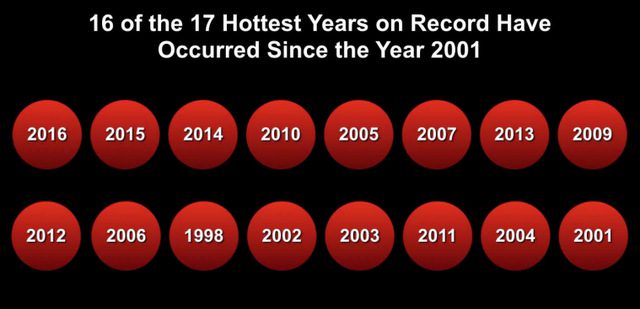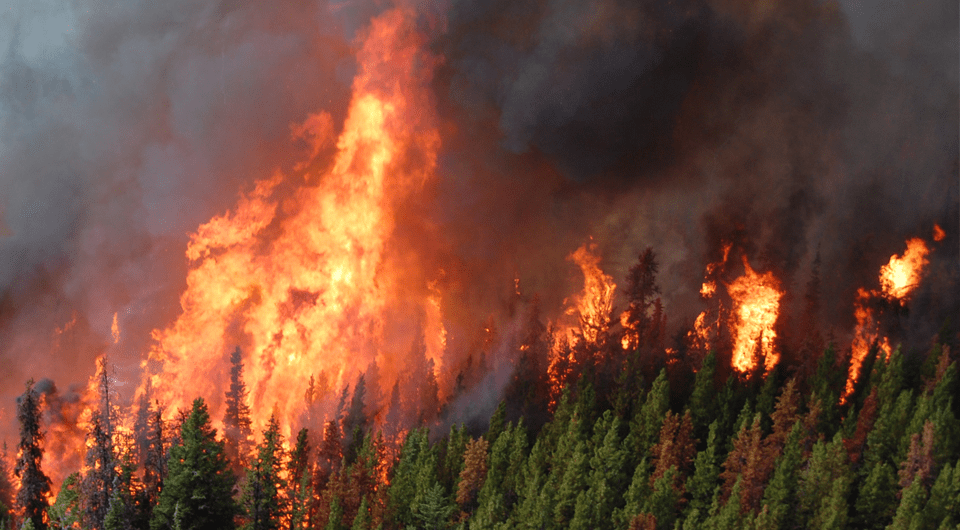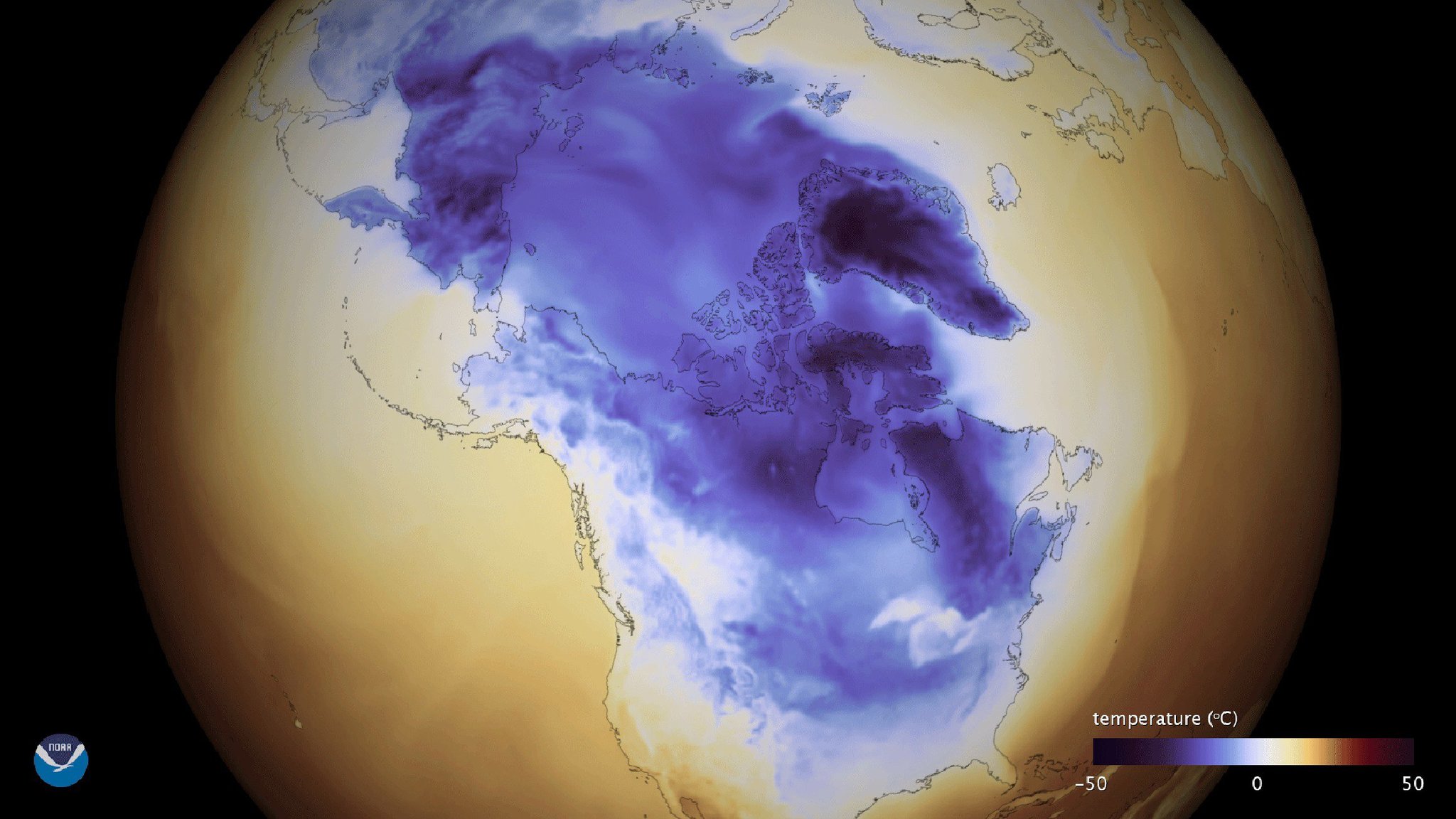I’m the kind of guy that likes winter, but I must admit that the last couple weeks were unusually frigid. Recently, prominent politicians and climate-denier columnists used the deep freeze that gripped much of North America over the holidays to argue that global warming is a myth.

But scientists say that the polar vortex is yet another example of extreme weather fuelled by the growth of greenhouse gases in the atmosphere. And a couple of cold weeks in North America can’t hide the alarming trends of rising global temperatures, disappearing sea ice, and more frequent and severe weather disasters.
Here’s a quick explainer:
- New scientific research explains that the bitter cold snaps that have gripped North America, Europe and Russia in recent years are related to the warming of the Arctic. The evidence is clear that the Arctic is warming faster than the rest of the planet, reducing the amount of Arctic sea ice and allowing more heat to escape from the ocean. Scientific studies suggest that the warmer Arctic is weakening the jet stream more frequently and for longer periods of time, carrying lingering Arctic weather to more southern latitudes. That’s why we saw two weeks of unusually cold temperatures in eastern North America, and as far south as Florida and Houston.

- While much of North America was freezing, other parts of the world were abnormally hot. In Australia, temperatures reached 47 degrees Celsius, the hottest day on record in some cities, causing raging wild fires, heat stroke, and even asphalt to melt. In the Philippines, high temperatures fuelled deadly tropical storms, wreaking havoc and killing hundreds. Meanwhile, in normally frigid Alaska, temperatures were several degrees above average, affecting hunting, recreation, and transportation.

- A few cold weeks in Canada and the United States don’t negate the overall trend of a warming world. 2017 was the third hottest year on record in the U.S., while globally, 16 of the 17 hottest years on record have occurred since the year 2001.

- 2017 was a year of extreme weather disasters, as scientists’ predictions about the effects of global warming come true faster than expected. In North America, western Canada saw its longest and most destructive wildfire season; Quebec and Ontario were soaked with spring rains that brought widespread flooding, and the Caribbean was hammered by successive hurricanes. 2017 also saw record damages from climate and weather disasters in the U.S.

The holidays were downright glacial, and many Canadians might be longing for warmer weather right now. But this year’s polar vortex is yet another example of the impacts of climate change, as rising carbon pollution in the atmosphere brings erratic weather and more frequent and extreme disasters in Canada and around the world.








